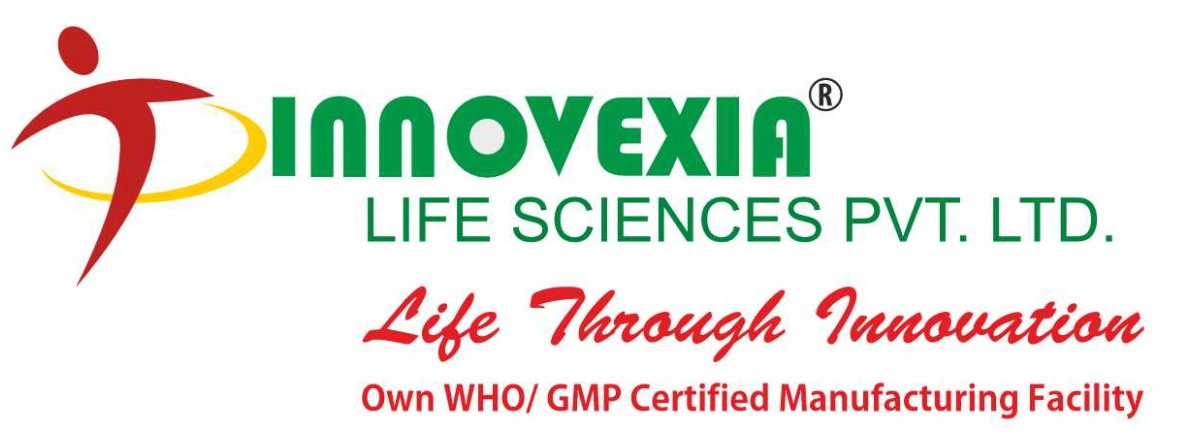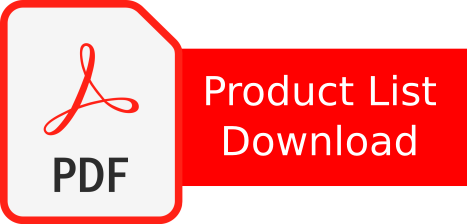Getting started with a third-party manufacturer in the pharmaceutical industry involves a series of steps to ensure a smooth and successful partnership. Here is a general process to guide you:
1. Define Your Requirements: Clearly define your product requirements, including the type of formulation, dosage form, packaging specifications, and quantity. Determine if you need any specialized manufacturing capabilities or certifications.
2. Research and Identify Potential Manufacturers: Conduct thorough research to identify reliable and reputable third-party manufacturers. Consider factors such as their manufacturing capabilities, quality control processes, regulatory compliance, track record, and customer reviews.
3. Initial Contact and Inquiry: Reach out to the selected manufacturers and express your interest in partnering with them as a third-party manufacturer. Provide them with essential details about your products, volume requirements, and any specific needs or preferences.
4. Request for Proposal (RFP): Share a detailed Request for Proposal (RFP) with the shortlisted manufacturers. The RFP should include information about your company, product specifications, packaging requirements, expected order volume, quality standards, and any other relevant details.
5. Evaluation and Selection: Evaluate the proposals received from different manufacturers based on factors such as their manufacturing capabilities, quality control processes, cost structure, lead times, and terms and conditions. Consider conducting site visits or virtual meetings to assess their infrastructure and discuss the partnership in more detail.
6. Quality Assurance Agreement: Once you have selected a suitable third-party manufacturer, negotiate and finalize a Quality Assurance Agreement (QAA). The QAA should outline the responsibilities of both parties, quality control procedures, specifications, testing protocols, documentation requirements, and regulatory compliance.
7. Technical Transfer and Documentation: Provide the manufacturer with all the necessary technical information, such as the formulation details, manufacturing process, packaging specifications, and artwork. Ensure that the required documentation, including product master files, stability data, and regulatory submissions, are shared and maintained appropriately.
8. Pilot Batches and Validation: Start with pilot batches to assess the manufacturing process, product quality, and packaging suitability. Monitor and evaluate the results to ensure compliance with your requirements. Validate the manufacturing process to establish its consistency and reproducibility.
9. Regular Communication and Collaboration: Maintain regular communication with the third-party manufacturer throughout the manufacturing process. Discuss any changes, concerns, or issues that may arise and work together to address them promptly.
10. Quality Control and Compliance: Monitor the quality control processes implemented by the manufacturer and ensure compliance with regulatory standards and Good Manufacturing Practices (GMP). Conduct periodic audits and inspections to verify their adherence to quality and regulatory requirements.
11. Logistics and Distribution: Coordinate with the manufacturer for timely production, packaging, and shipping of the finished products. Establish a robust logistics and distribution system to ensure smooth delivery to your customers or distribution channels.
12. Continuous Evaluation and Improvement: Continuously assess the performance of the third-party manufacturer based on quality, reliability, responsiveness, and overall partnership experience. Provide feedback and suggestions for improvement to foster a long-term collaborative relationship.
It’s important to note that the specific process may vary depending on your location, product requirements, and the individual manufacturer’s procedures. It is recommended to consult with legal and regulatory experts to ensure compliance with applicable laws and regulations throughout the process.

